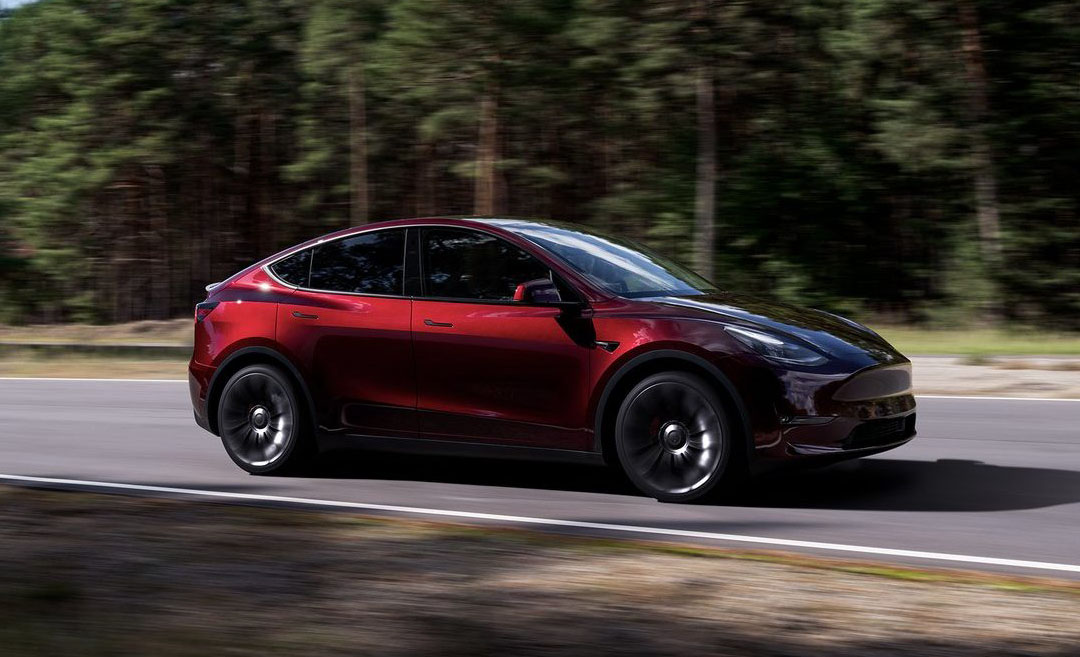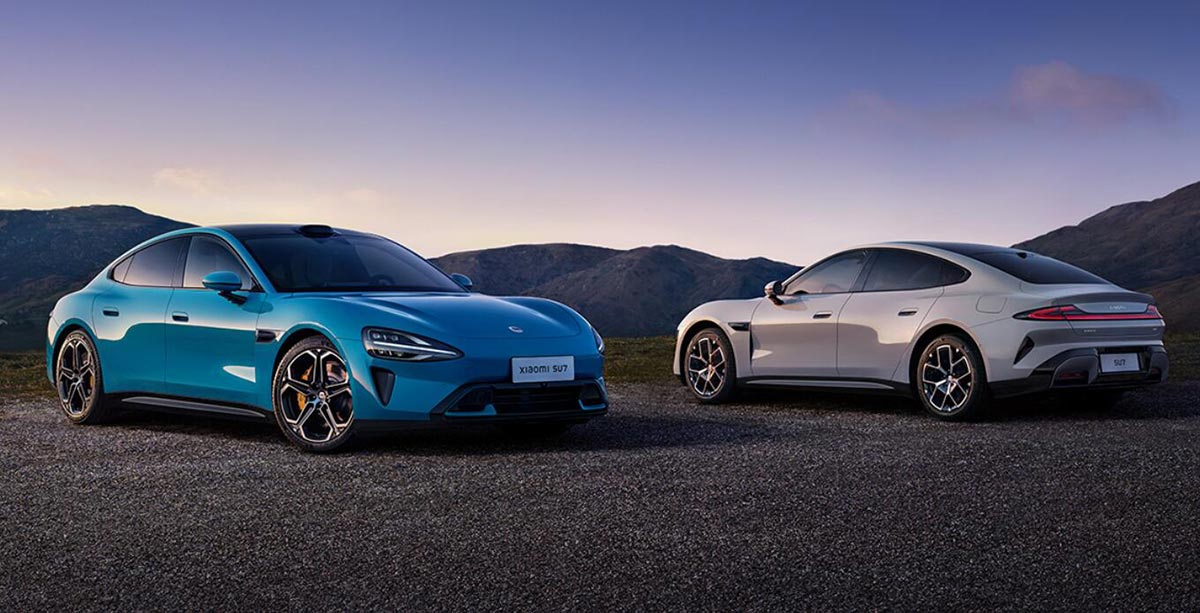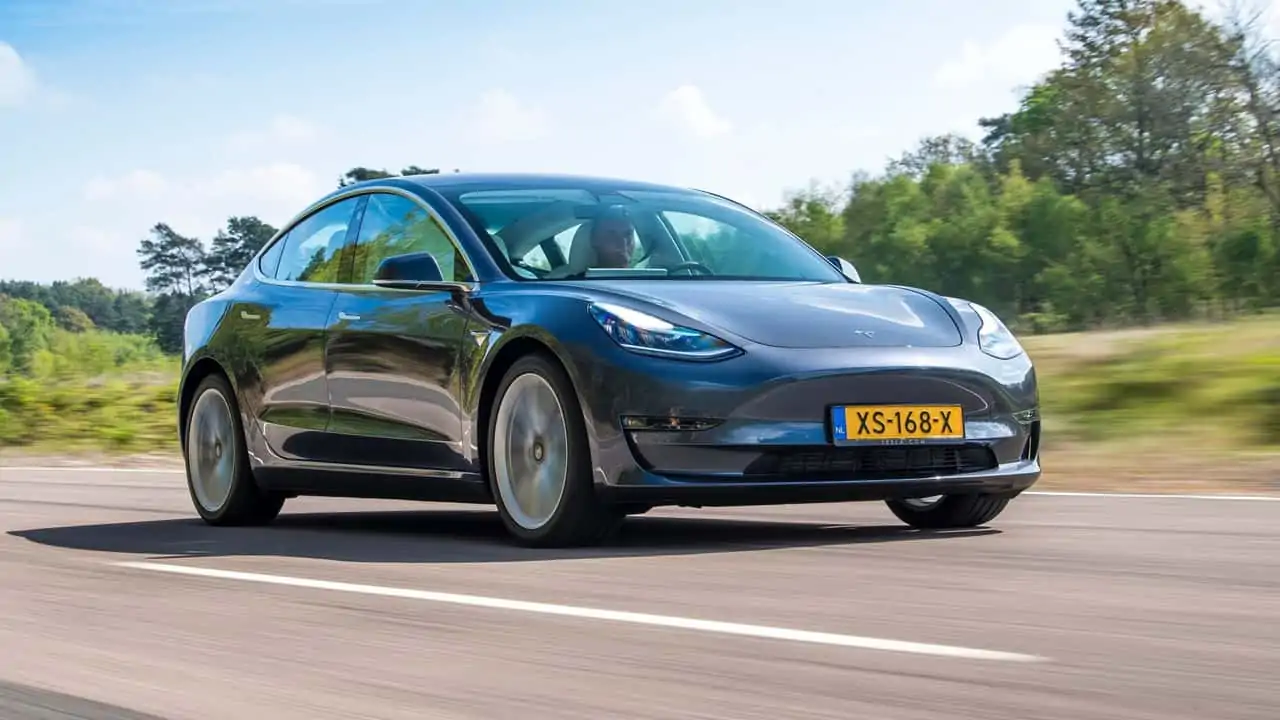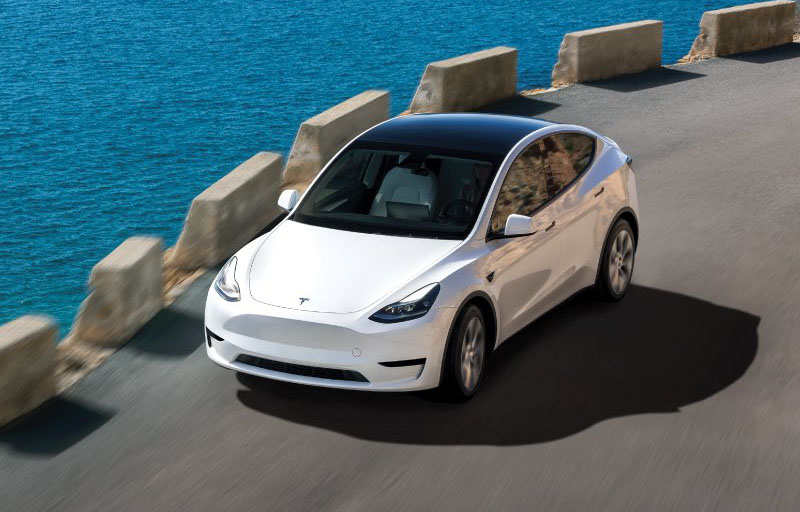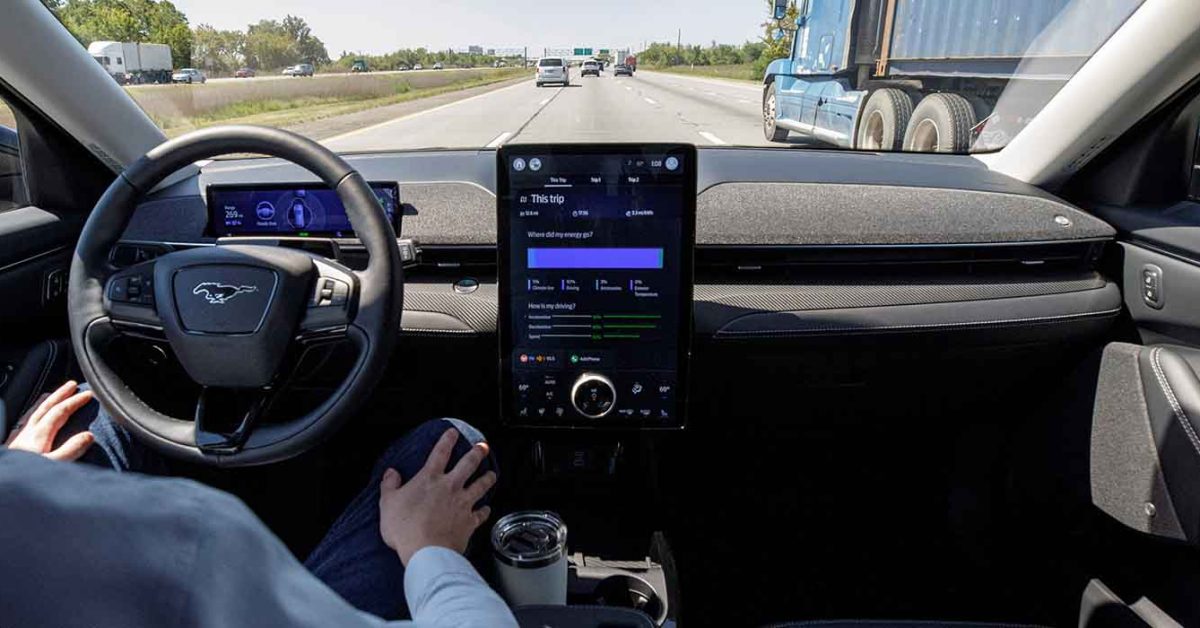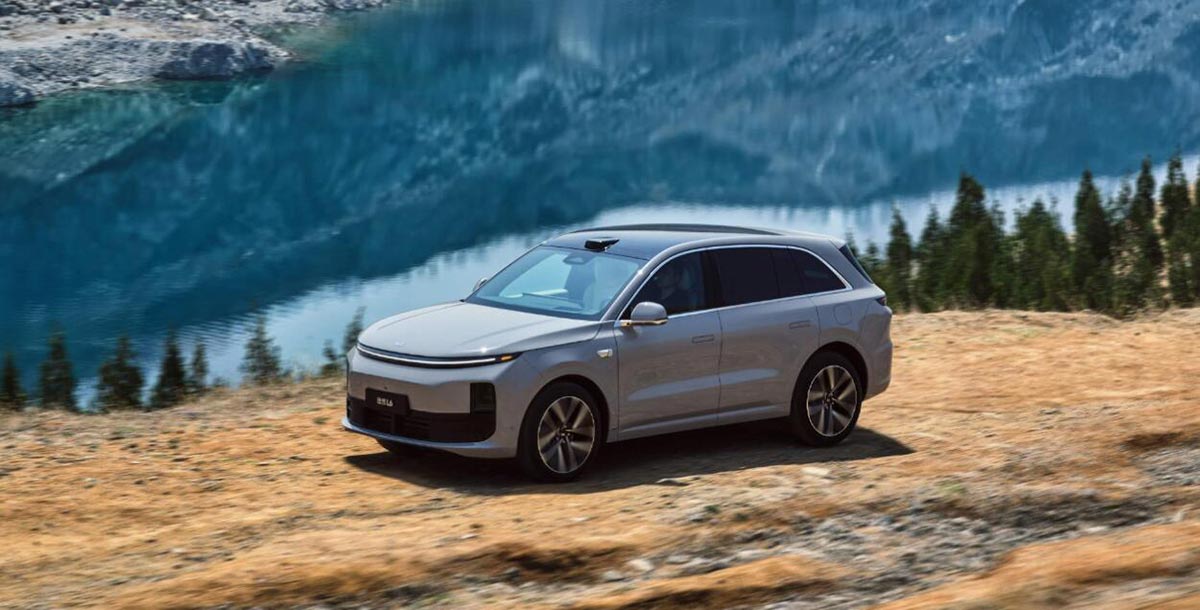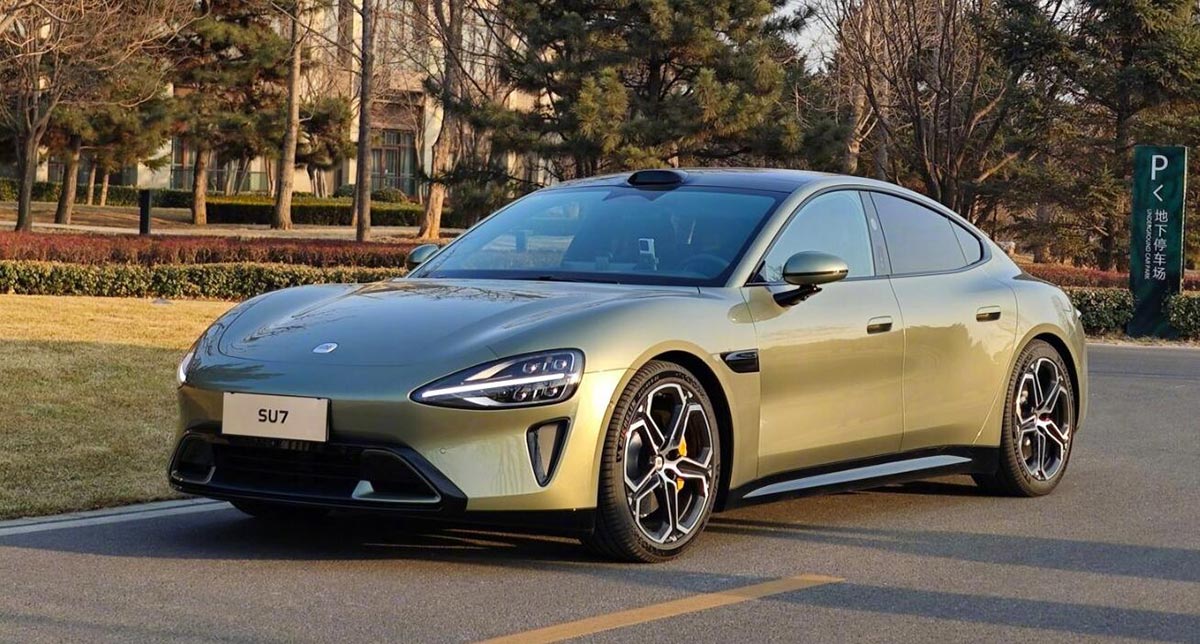Tesla is poised to benefit significantly from the US government’s EV tax credit program, with the automaker’s Model Y leading the charge in sales. However, challenges loom for other EV makers as they strive to compete in this rapidly evolving market.
The US government has allocated close to $600 million for EV tax credits in the first quarter of this year, with more than 90% of eligible EV buyers taking advantage of the new point-of-sale tax credit reimbursement introduced on January 1st.
Tesla, America’s largest EV maker, is reaping the rewards, selling seven times more EVs than its closest competitor, Ford. The Model Y, in particular, has been a standout performer, benefitting from the full $7,500 tax credit. This incentive has made the Model Y even more attractive to buyers, contributing to its status as the world’s bestselling car last year.
However, Tesla’s success has not been without its challenges. The new Model 3 Highland refresh is not eligible for the tax credit, potentially impacting its sales compared to the Model Y. To address this, Tesla is exploring options to produce the Model 3 with batteries that would make it eligible for the subsidy.
Despite the dominance of Tesla, other EV makers are making strides in the market. Ford, with its Mustang Mach-E and F-150 Lightning, as well as Rivian with its R1S, are gaining traction. However, they face an uphill battle to compete with Tesla’s strong market position and the allure of the tax credit.
Overall, Tesla is projected to receive $41 billion in subsidies from the US government for its cars, batteries, and charging infrastructure by 2032. As the EV market continues to evolve, the landscape is likely to shift, presenting both opportunities and challenges for automakers.

